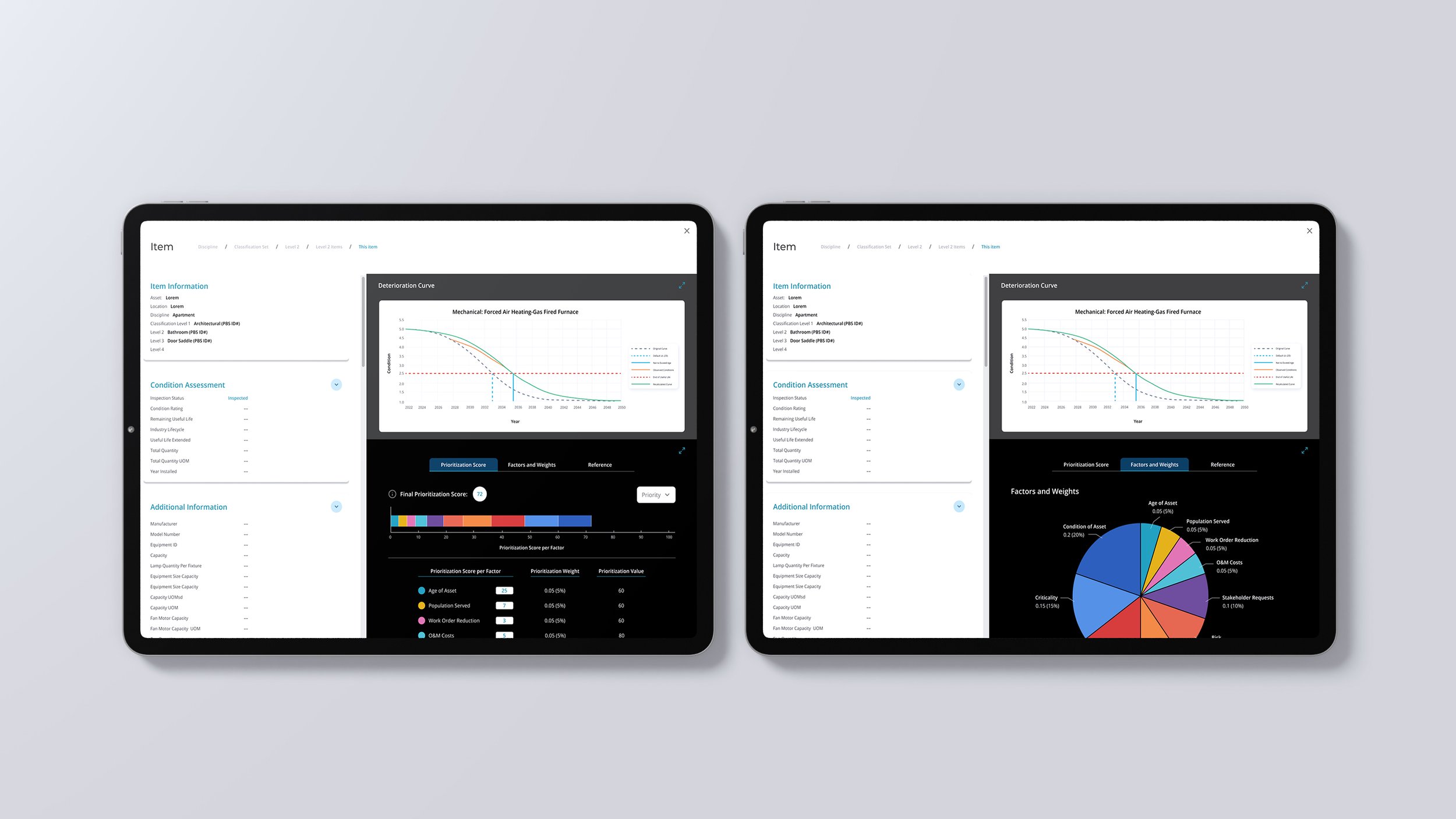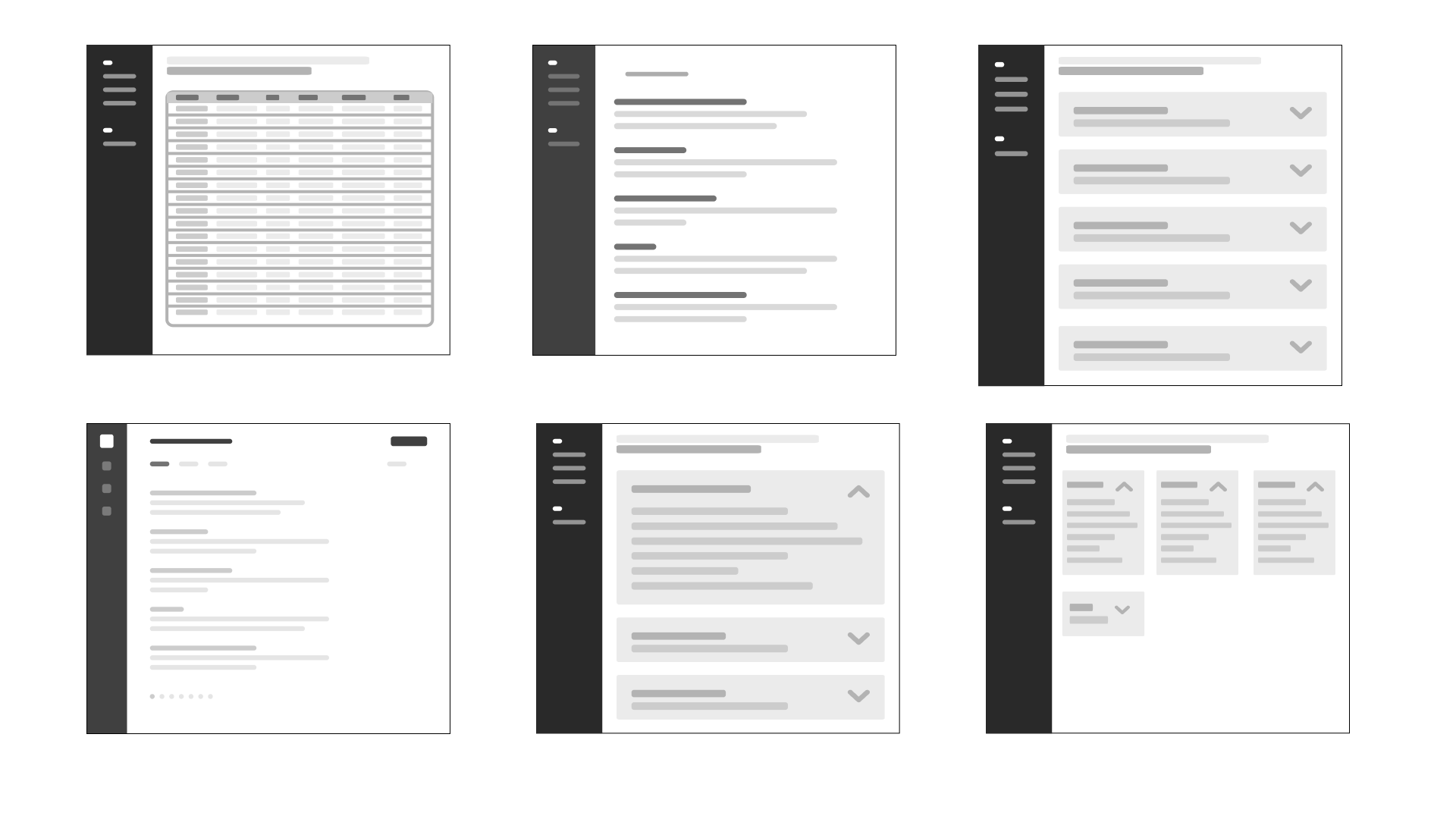STV Asset Management
Objective
Design an Asset Management application to help efficiently track, analyze, manage, and optimize various physical assets—such as buildings, facilities, and infrastructure—throughout their lifecycle. The primary purpose is to provide visibility, control, and strategic insights to ensure assets are used effectively, maintained properly, and replaced or retired at the right time.
Key uses include:
1. Building and Facility Assessment
Condition Ratings: Provides a standardized way to measure the current state of assets, assigning ratings based on inspections (e.g., excellent, good, poor).
Deterioration Modeling: Predicts the rate at which assets degrade over time based on historical data and environmental factors.
2. Data Collection and Documentation
Inventory Management: Catalogs all assets, including their location, specifications, and maintenance history.
Inspection Reports: Stores detailed records of structural and environmental inspections, including photos, measurements, and notes.
3. Maintenance Planning and Scheduling
Resource Allocation: Assists in prioritizing repairs or replacements based on condition assessments and budget constraints.
Lifecycle Cost Analysis: Calculates the total cost of ownership, from acquisition to disposal.
4. Performance Monitoring
Real-Time Data: Monitors sensors or IoT devices in buildings to track performance metrics like energy usage, HVAC conditions, or structural strain.
Performance Benchmarks: Compares asset performance against industry standards or historical data.
5. Long-Term Planning and Forecasting
Capital Planning: Aids in budgeting for major repairs, renovations, or replacements.
Deterioration Forecasting: Models future conditions to help plan upgrades or mitigate risks.
Sustainability Goals: Tracks progress toward energy efficiency or environmental sustainability objectives.






